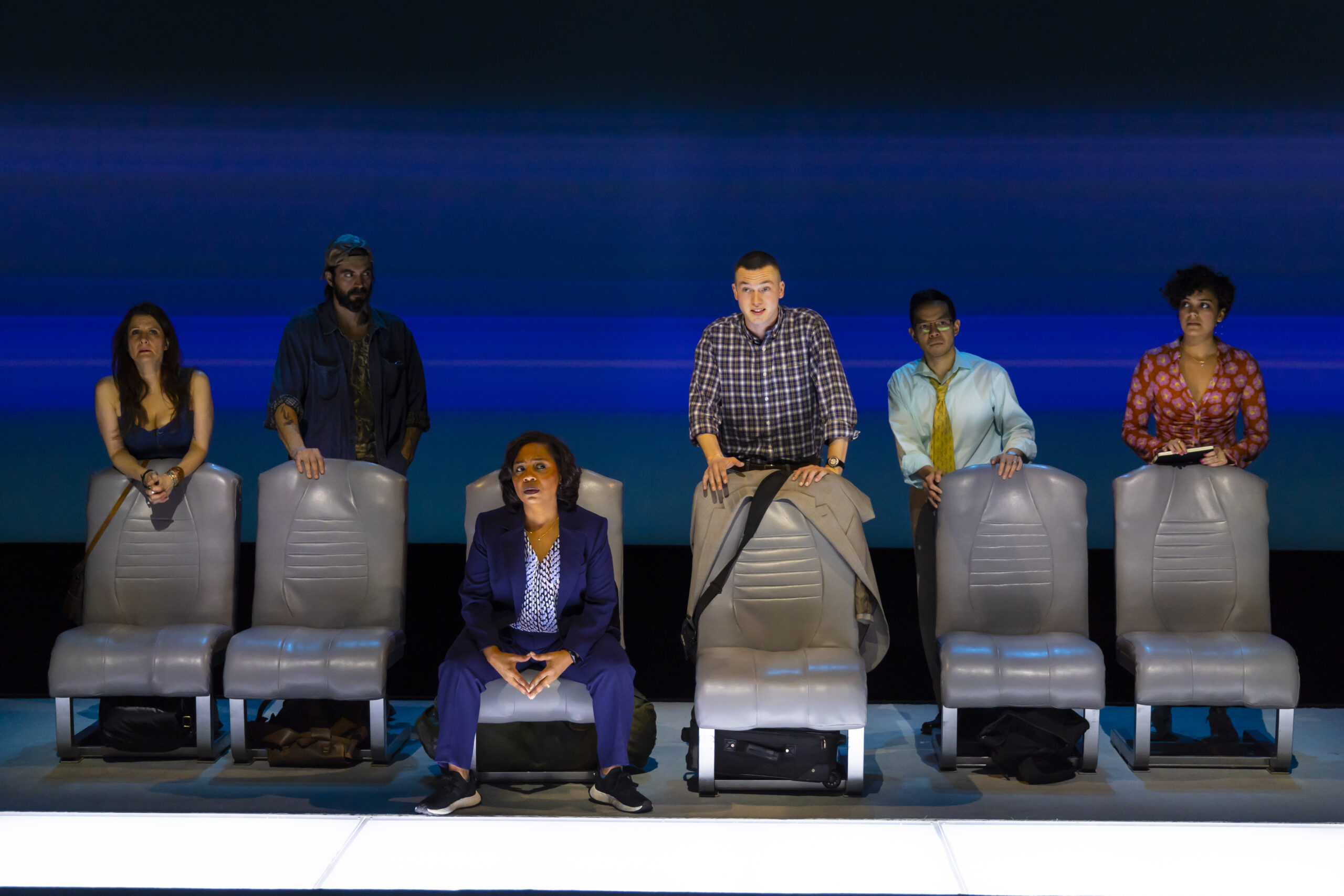Strangers on a train: an interview with playwright Keith Bunin

Everybody knows train travel isn’t what it used to be. Amtrak is hardly the Orient Express. Still trains exert a powerful hold on our imaginations. And in our celluloid fantasies: “Twentieth Century,” “The Lady Vanishes,” “Double Indemnity,” “North by Northwest,” “Silver Streak.” On stage it’s rarer to find instances of train travel. But now comes Keith Bunim’s sparkling “The Coast Starlight” at the Mitzi E. Newhouse Theater. This adroit and vivid play places six disparate passengers, in a single coach, on the Coast Starlight train, as it embarks on its 35 hour journey from Los Angeles to Seattle. By the time the train reaches its destination, the passengers are no longer strangers.
Bunin is a prolific playwright whose other plays include “The Busy World is Hushed,” “The Credeaux Canvas,” and “The World Over,” all presented by Playwrights Horizons. Bunin has also written for the screen; his credits include Disney/Pixar’s “Onward,” “Horns” and the upcoming “Which Brings Me to You.” His plays have been produced regionally at, among other venues, La Jolla Playhouse, City Theatre Pittsburgh and Madison Repertory Theatre.
He now lives in – and loves – Brooklyn Heights. In fact he’s a fan of all things Brooklyn: when I interviewed him via Zoom he was wearing a Nets tee-shirt and cap. And later in the interview he waxes rhapsodic about favorite Brooklyn Heights bars and restaurants.

I begin by asking Bunin which of the six characters in “The Coast Starlight” he created first.

Brooklyn Heights
View MoreRead the Brooklyn Height's Press and Cobble Hill News. Find out more about Brooklyn Height's History here.